Today it is only used in homeopathy, but it had a firm place in traditional folk medicine and was even considered a means to ward off demons. Of the Tansy adorns roadsides, river banks, floodplains and scree slopes in late summer with its button-like, dark yellow flowers.
Occurrence & cultivation of tansy

Of the Tansy (lat. Tanacetum vulgare) belongs to the daisy family. The strongly overgrown, herbaceous plant, which is between 60 and 130 cm high, is very robust and stays green even in winter. Its dark green, pinnate leaves and the bright yellow flower heads from June to September are unmistakable. Essential oils such as camphor, thujone and borneol give the plant its typical scent.
Tanacetum vulgare is one of the so-called compass plants, which orientate themselves on the heat radiation of the sun and orient their leaves to the south. It loves nutrient-rich, weakly alkaline, humus-rich soils and is widespread throughout Eurasia. Tansy is potentially toxic (more or less depending on the species) and should therefore only be used with caution. The popular name "worm herb" testifies to its importance in traditional folk medicine as a remedy for worm infestation.
Effect & application
A good 100 years ago, tea made from the leaves and flowers of tansy was considered a tried and tested home remedy, not just for roundworms and pinworms. It was also used for rheumatism and bladder problems, stomach cramps and colic. Saint Hildegard mentions it as a remedy for menstrual cramps and nasal catarrh. Paracelsus used the seeds of the plant as a bath additive to get rid of kidney gravel.
Applied externally as a poultice, the herb was useful for joint pain, blunt injuries, bruises, rheumatism and varicose veins. A tansy mouthwash is said to provide relief for severe toothache. Even with lice and flea infestations, people used to make a brew of tansy and use it to thoroughly wash their heads several times. In this case, however, doubts about the reliability of the effect are appropriate. Because of its intensely spicy aroma, tansy was even used as a seasoning for meat dishes, egg dishes and desserts in the Middle Ages. According to a Germanic custom, the youth ate healing bread at Easter that was baked with tansy. They should strengthen the immune system. The main ingredients of the plant are its essential oils as well as bitter substances, inulin and resins. The highly toxic thujone forms the highest proportion of essential oils with up to 70 percent.
It can cause severe convulsions and conditions, including coma, and trigger frenzy, increased salivation and sometimes even epilepsy in animals. When administered in large quantities, tansy is said to cause nausea, diarrhea and vomiting, and even fatal poisoning. Like many plants containing thujone, it was also often used for the targeted induction of an abortion.
Tansy can cause contact allergies on the skin. In addition to the main active ingredient parthenolide, a number of other ingredients are responsible for this. For flower growers and florists, dealing with the plant can become a problem. Because of its toxicity - despite its many positive properties - it should only be used very diluted, topically or in finished preparations.
Importance for health, treatment & prevention
In homeopathy, the remedy Tanacetum vulgare still has its place today. The drug picture describes symptoms such as menstrual cramps, headache, tiredness, irritability, nervousness, dizziness, tinnitus, nausea, motor restlessness and general moodiness. Tanacetum vulgare is beneficial for diseases of the gastrointestinal tract. It is used successfully even with severe inflammation of the digestive organs and bloody diarrhea.
Esoteric and alternative healing methods use the psychoactive, intoxicating effect of the essential oil thujone contained in tansy for smoking. When smoked, the herb develops a slightly bitter, earthy scent and is said to transport the spirit into higher spheres.It should strengthen self-confidence, as well as nerves and the immune system. It is supposed to bring relief in the event of electrosmog and radiation exposure of all kinds and to reduce the charge in the atmosphere during thunderstorms (hence the nickname Thunderbolt respectively Blitzkraut). In the Middle Ages, small children were kept in such tansy smoke so that they could develop healthy, lively and vigorous. But be careful: pregnant women should definitely refrain from smoking tansy!
The special effects of the plant were already known in ancient Egypt. It was used to embalm mummies, because the tannic acids it contains protect the body from the decomposition process to a certain extent. For this reason, tansy was also placed in coffins in colonial America.
Insects don't seem to like the smell of the plant at all - they stay away from it. In the past, tansy was planted specifically in the fields to drive away Colorado beetles. A study shows that this actually reduced the beetle infestation by 60 to 100 percent. In the Middle Ages, the herb was hung on windows and doors to protect against flies and moths. In addition to its importance in medicine and mythology, the plant also has a very practical use as a coloring agent: together with alum as a dressing agent, the flower heads of the tansy make a strong dark yellow. For 100 grams of wool you need about 400 grams of fresh flowers.

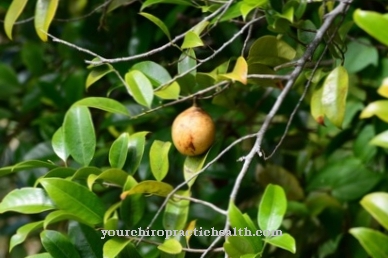
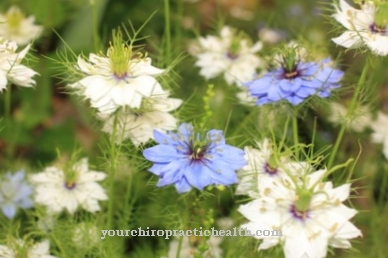
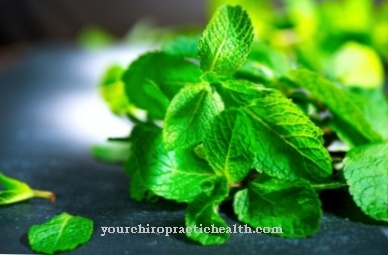
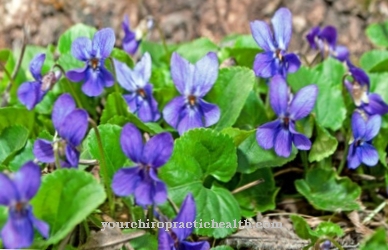
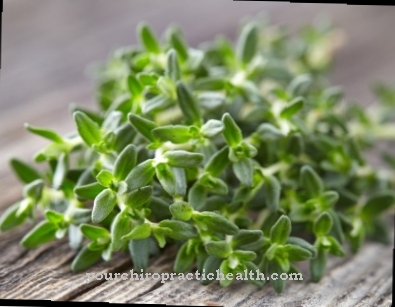
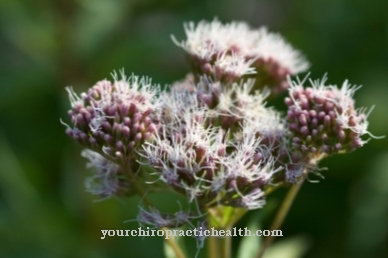






.jpg)

.jpg)
.jpg)











.jpg)